Many people overstress their vehicles pulling trailers, campers or boats, sometimes exceeding their rated towing limits in sweltering heat. Commercial vehicles often spend their lives in severe service. Severe-service conditions place extreme pressure on transmissions and differentials, making the proper selection of gear oil essential for maintaining the performance, efficiency and longevity of vehicles.
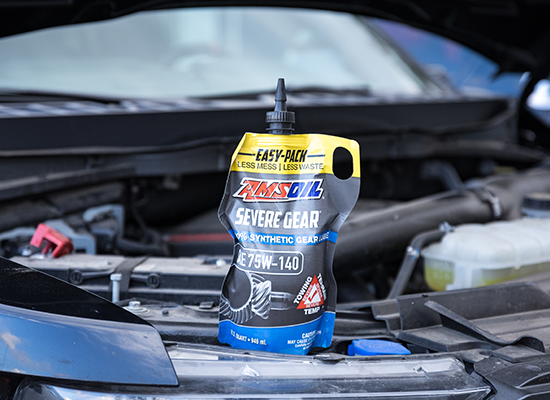
GL-4 vs. GL-5
The American Petroleum Institute (API) classifies gears using GL ratings, ranging from GL-1 to GL-5. Higher GL rating numbers represent more severe applications. GL-1 is the least severe and can usually be satisfied with a motor oil, while GL-5 is the most robust for managing severe applications.
The main difference between GL-4 and GL-5 gear oils is the level of extreme-pressure (EP) additives included in the formulation. EP additives protect gears by providing a sacrificial layer on gear surfaces. They are essential for protecting gears operating under heavy loads and extreme temperatures.

While some GL-5 oils claim backward compatibility with GL-4 applications, it’s critical to follow manufacturer specifications to avoid excessive wear on sensitive components. For optimal protection, consult your owner’s manual or use the Shop by Vehicle tool at AMSOIL.com/AMSOIL.ca for the manufacturer’s recommendation. These sources will provide the specified viscosity (75W-90, 75W-110, 80W- 90, 75W-140, etc.) and specification (API GL-4, API GL-5, API MT-1, etc.) recommended for your application.
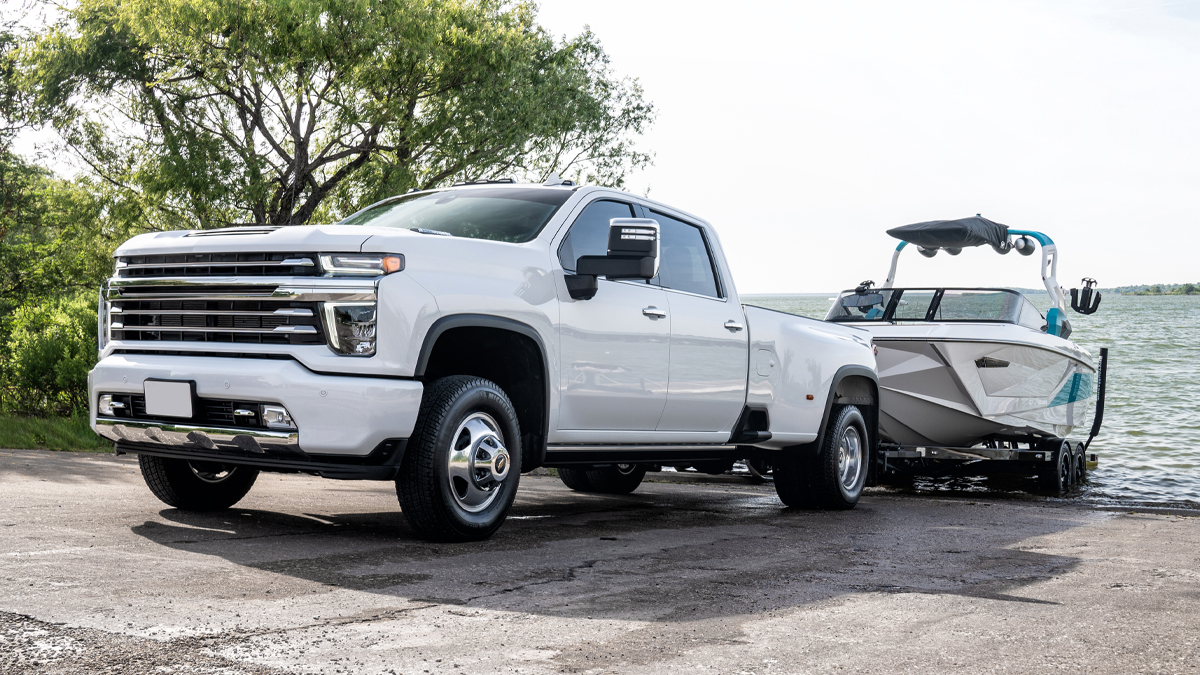

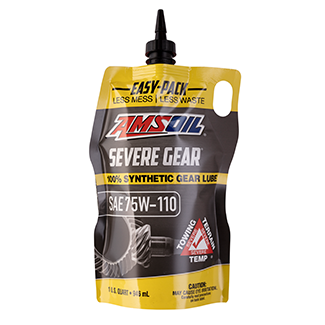
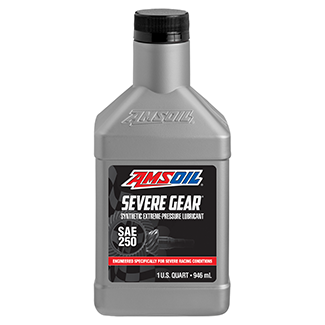

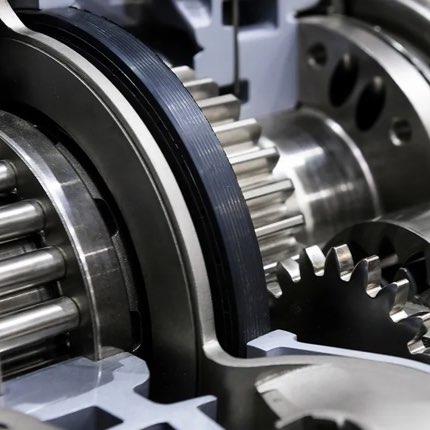
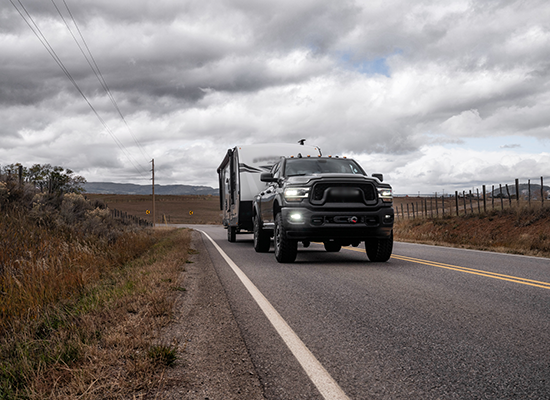
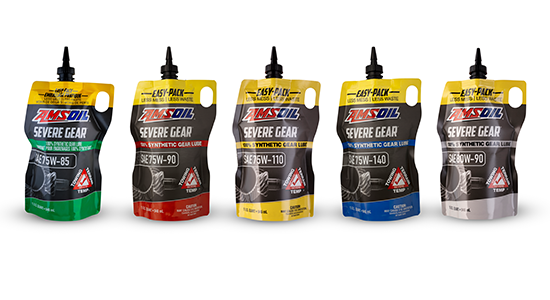
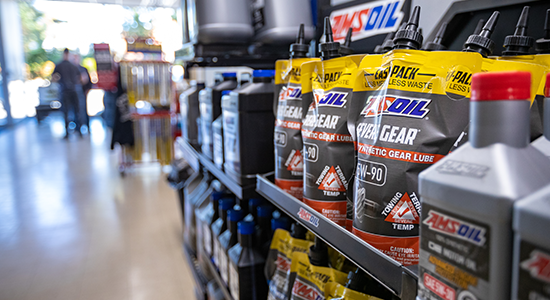
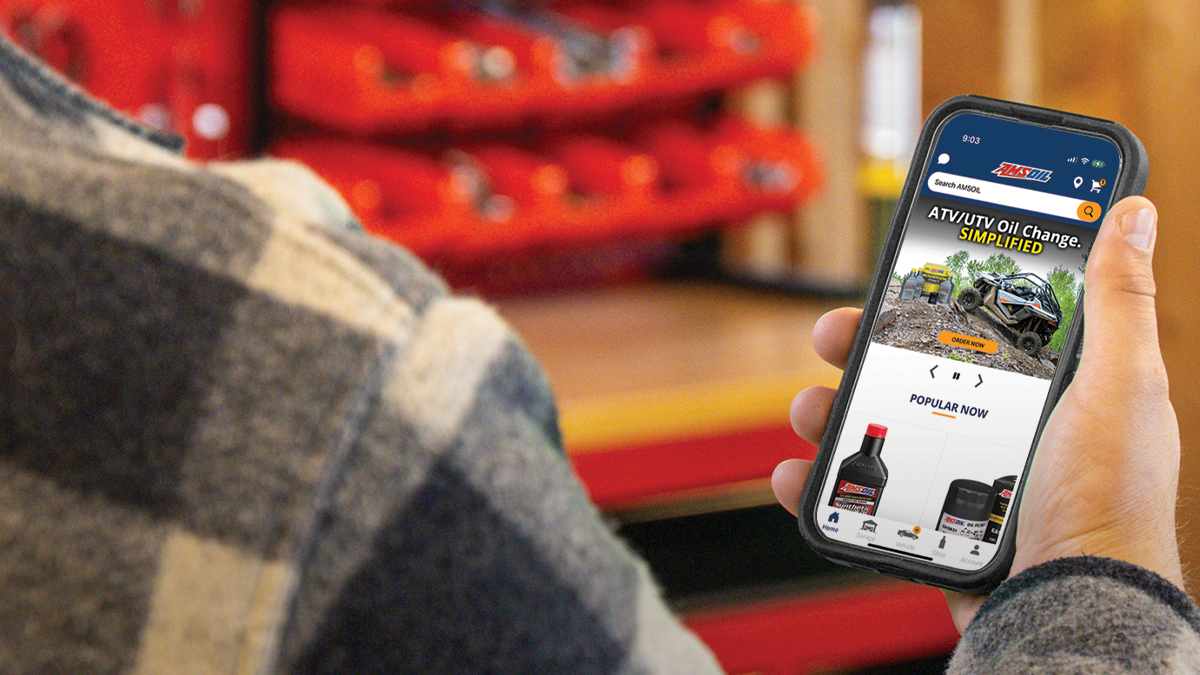


Comments
Brad Nelson is a staff writer for AMSOIL. Outside of work he enjoys family adventures, wilderness exploration and riding/wrenching on vintage metric motorcycles.
Share: